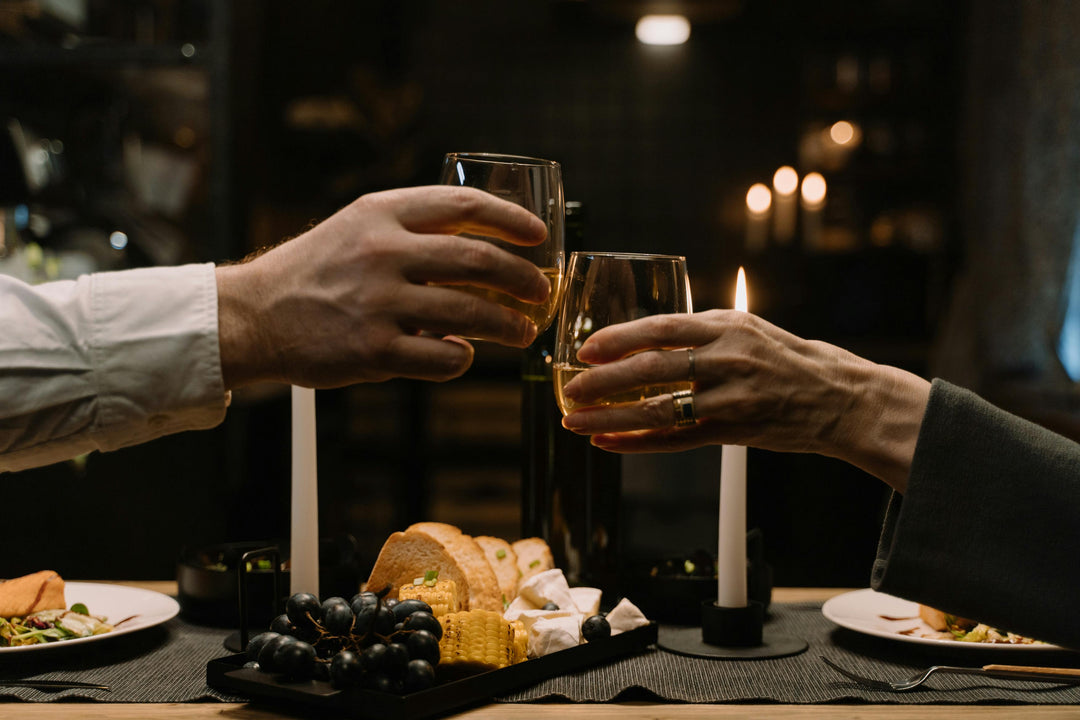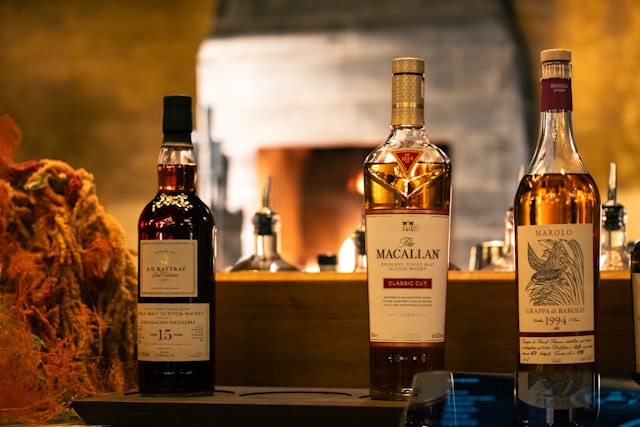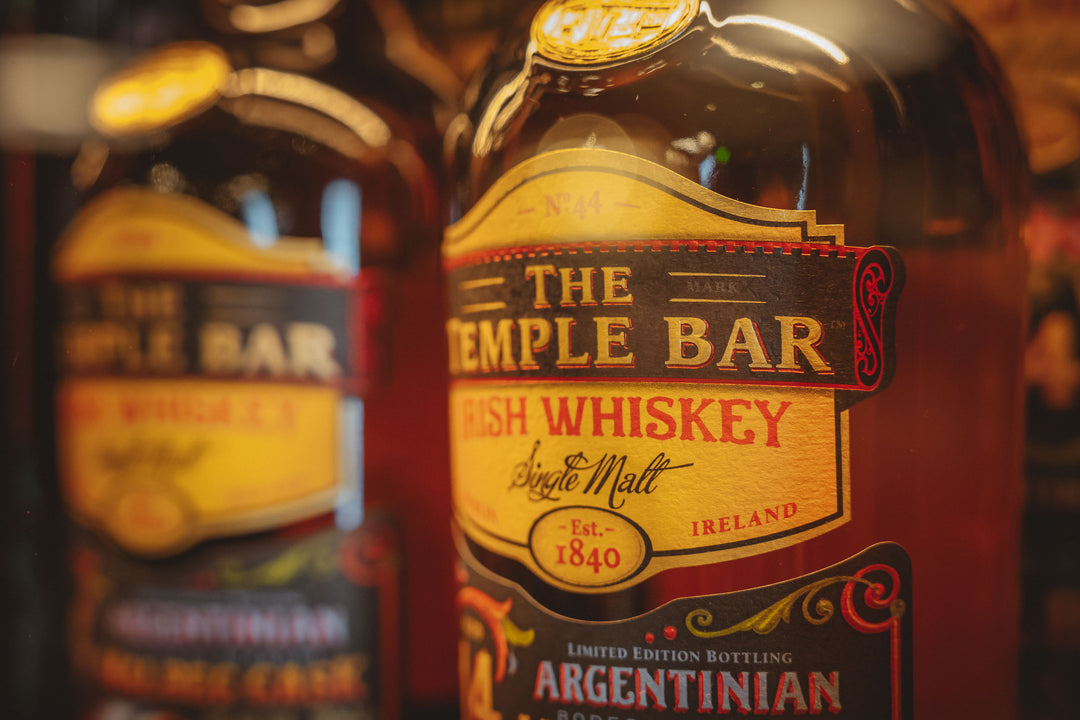Understanding the Key Differences Between Bourbon and Whiskey
Whiskey and bourbon are two of the most popular spirits in the world, each with its own unique characteristics and loyal fan base. While all bourbon is whiskey, not all whiskey is bourbon.
This blog post will explore the key differences between bourbon and whiskey, helping you appreciate and enjoy these distinct spirits.
What is Whiskey?
Whiskey is a broad category of distilled alcoholic beverages made from fermented grain mash. The grains used can include barley, corn, rye, and wheat. Whiskey is aged in wooden casks, typically oak, which gives it its characteristic flavour and colour. There are various types of whiskey, including Scotch, Irish, Canadian, and American whiskeys, each with its own production methods and flavour profiles.
What is Bourbon?
Bourbon is a type of American whiskey with specific legal requirements that distinguish it from other whiskeys. To be classified as bourbon, the spirit must meet the following criteria:
- Grain Composition: It must be made from a grain mixture that is at least 51% corn.
- Distillation: It must be distilled to no more than 160 proof (80% alcohol by volume).
- Ageing: It must be aged in new, charred oak barrels.
- Bottling: It must be entered into the barrel for ageing at no more than 125 proof (62.5% alcohol by volume) and bottled at 80 proof (40% alcohol by volume) or more.
- Geographic Indication: While bourbon can be made anywhere in the United States, most production occurs in Kentucky.
Key Differences Between Bourbon and Whiskey
- Ingredients:
- Bourbon: Must be made from at least 51% corn.
- Whiskey: Can be made from a variety of grains, including barley, rye, wheat, and corn.
- Production Process:
- Bourbon: Must be aged in new, charred oak barrels, giving it a distinctive caramel and vanilla flavour. But it has no age requirement, any Bourbon aged over two years can be labelled as ‘straight bourbon whiskey’
- Whiskey: Ageing requirements and barrel usage vary. For example, Scotch whisky is typically aged in used barrels, often those previously used for bourbon or sherry.
- Geographic Origin:
- Bourbon: Predominantly produced in Kentucky, although it can be made anywhere in the United States.
- Whiskey: Produced worldwide, with notable varieties from Scotland (Scotch), Ireland (Irish whiskey), Canada (Canadian whisky), and Japan (Japanese whisky).
- Flavour Profile:
- Bourbon: Known for its sweeter, fuller-bodied flavour with notes of vanilla, oak, and caramel, due to the high corn content and new charred oak barrels.
- Whiskey: Flavour can vary widely depending on the type and production method. For instance, Scotch whisky often has a smoky, peaty flavour, while Irish whiskey is typically smoother and lighter.
- Legal Definitions:
- Bourbon: Subject to strict legal definitions in the United States, ensuring consistent quality and characteristics.
- Whiskey: Broader category with varying regulations depending on the country of origin.
Understanding the differences between bourbon and whiskey enhances your appreciation of these iconic spirits. While bourbon is a specific type of American whiskey with stringent production criteria, whiskey encompasses a diverse range of styles and flavours from around the world.
Whether you prefer the sweet, rich profile of bourbon or the varied tastes of other whiskeys, exploring both can offer a delightful journey through the world of distilled spirits.


